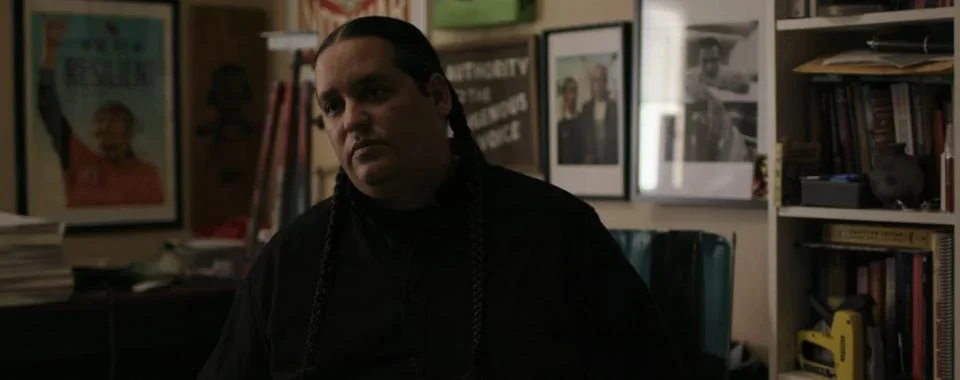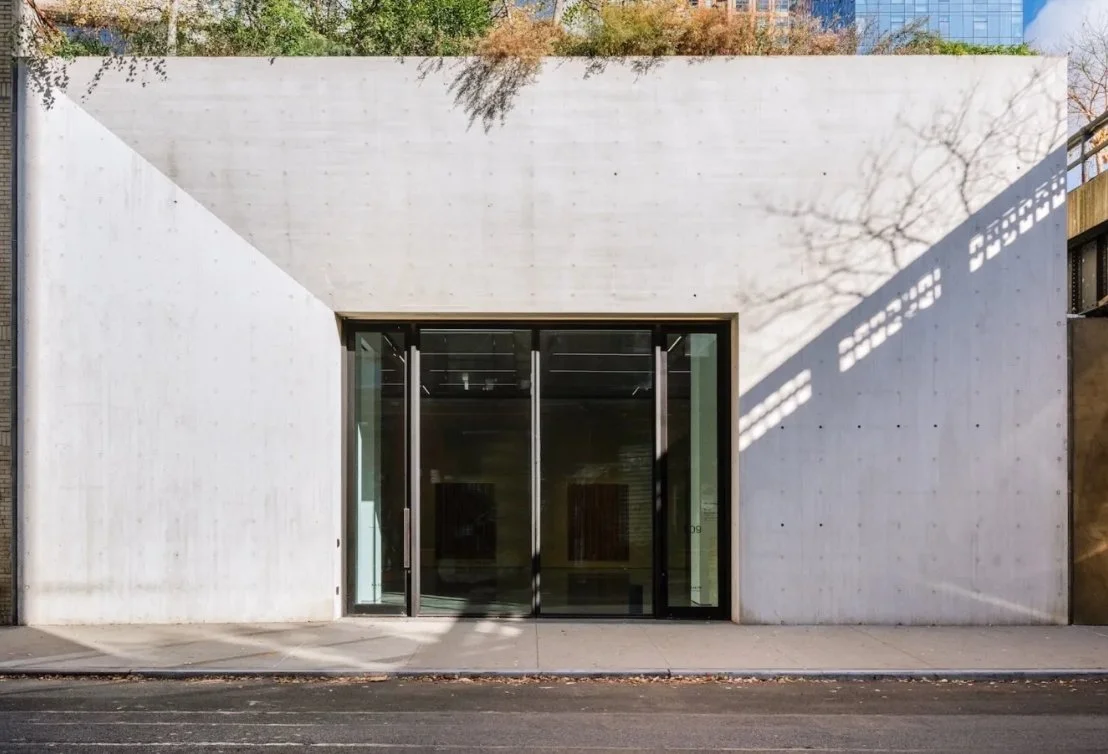THE GREAT DIVIDE: A Harrowing, Essential Examination of America’s Violent Soul
“Those who cannot remember the past are condemned to repeat it."
The Great Divide is not just another documentary about gun violence in America. It is a searing, unflinching excavation of the nation’s blood-soaked foundations—from the genocide of Native Americans and the brutality of slavery to the modern epidemic of mass shootings.
Directors Tom Donahue and producer Ilan Arboleda (known for socially disruptive films like Casting By) have crafted a film that is as much a historical indictment as it is a call to action. Structured in nine chapters, the documentary methodically traces how America’s original sins—colonialism, white supremacy, and systemic violence—have metastasized into today’s crisis. The Great Divide doesn’t stop at contemporary police brutality—it reaches back to the 1864 Sand Creek Massacre, where U.S. Army Colonel Chivington led the slaughter of over 600+ surrendered Cheyenne and Arapahoe, most of them women and children. Indigenous artist and activist Gregg Deal becomes one of the documentary’s most compelling voices, drawing a direct line from Sand Creek to modern atrocities.
The parallels are chilling. Deal’s journey to uncover the truth about Sand Creek mirrors America’s own refusal to confront its violent past. In one of the film’s most devastating moments, a Columbine survivor—now a teacher—is asked if she teaches her students about the massacre. Her blank stare says everything.
Colorado as America’s Microcosm
The filmmakers wisely anchor the narrative in Colorado, a state tragically synonymous with mass shootings—but also a battleground for gun legislation. The 2019 political fight over Colorado’s Red Flag Law serves as the documentary’s spine, with Donahue and Arboleda embedded on both sides of the debate. The law, which allows temporary firearm confiscation from individuals deemed a danger, is framed not as a cure-all but as a "Band-Aid" on a festering wound. Yet the film’s scope is far broader than policy. It asks: How did we get here? The answer lies in America’s addiction to violence as a tool of control—from slave patrols to Wounded Knee, from lynching to school shootings. The documentary doesn’t shy away from uncomfortable comparisons, drawing a throughline between the dehumanization of enslaved Africans, the extermination of Native peoples, and the desensitization to mass shootings today.
While The Great Divide is exhaustive, some omissions stand out. The 2012 Aurora theater shooting—another Colorado tragedy—goes unmentioned, a curious gap given the film’s focus on the state. More strikingly, the documentary stops short of explicitly connecting America’s historical violence to its current global role, particularly its support for ongoing colonial violence, such as the genocide in Palestine. The silence is deafening: if the film’s thesis is that America repeats its atrocities, why not examine how it exports them?
A Call to Action
The film’s greatest strength is its refusal to offer easy answers. Instead, it forces viewers to sit with the horror of cyclical violence. In a post-screening Q&A, Arboleda and Donahue emphasized their hope for change—but the audience was left grappling with a darker question: Can a nation founded on genocide ever truly heal? Donahue rightly noted that streaming platforms like Netflix, Hulu, and Peacock avoid films like this, deeming them "too political" for the times. That evasion is part of the problem. The Great Divide isn’t just about guns; it’s about complicity. It’s about how "Never Again" rings hollow when uttered by a country that has said it for centuries—while enabling annihilation elsewhere.
The Great Divide is not a comfortable watch, nor should it be. It is a vital, incendiary work that demands self-reflection. Some will seethe at its comparisons; others will rage at its omissions. But if there’s one takeaway, it’s this: America’s violence is not random. It is inherited. And until we reckon with that, the divide will only grow wider.
Follow updates from CreativeChaos vmg for screenings and release news.




